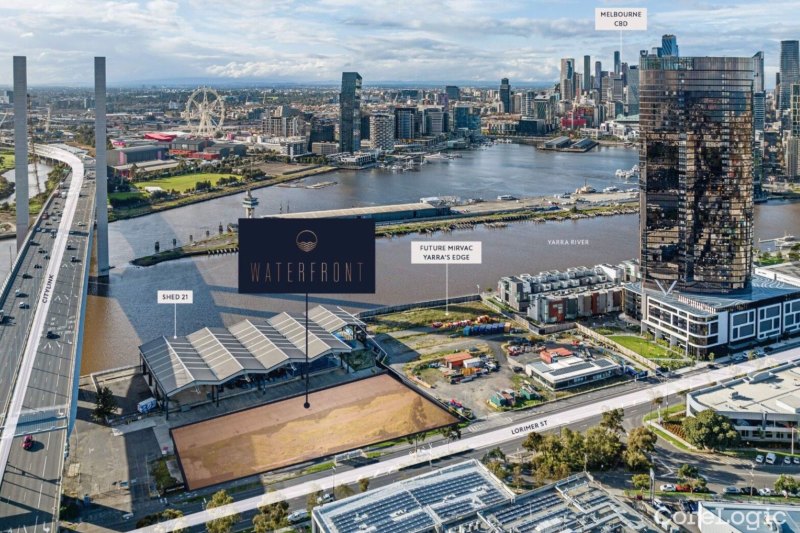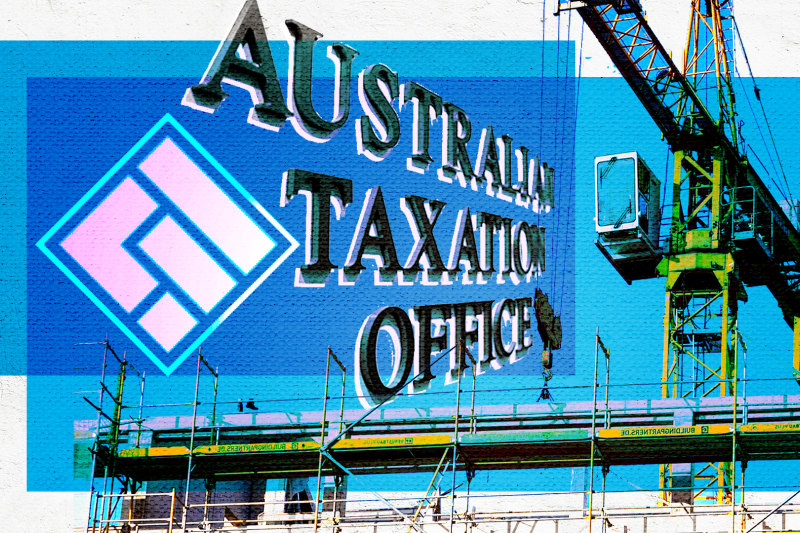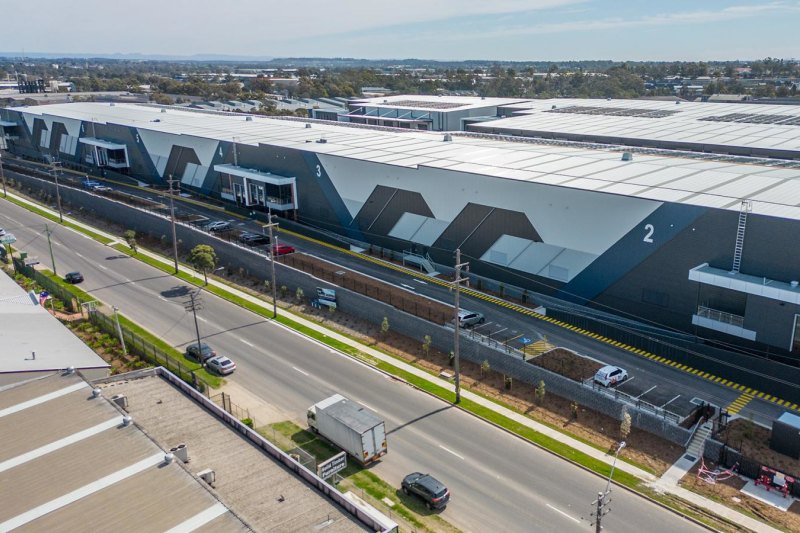Coronavirus will increase construction failures
Building industry insolvencies, which picked up to a 3½-year high at the end of last year, will rise higher still as the coronavirus hits builders’ supply chains and delays projects, weakens consumer confidence and makes it a harder environment for builders to secure funding and insurance.
The number of companies in construction-related sectors going into external administration rose to 1700 in the 2019 calendar year, the highest since the 1708 administrations recorded in the 12 months to May 2016, figures from corporate regulator ASIC show.
Not even a dip in January, when construction industry failures slipped back to 1658, was likely to prevent a further increase, as a weaker economy and dented consumer demand and disruption to supply chains was likely to further hit the industry, said Brad Walters, the head of product and rating services at data company Equifax.
“We’re likely to see a continuation of this,” Mr Walters said.
Indirect factors would also weaken the ability of companies to keep going, he said. “At a period where many businesses are needing access to funding and finance as well as insurance, it’s going to continue to be a challenge.”
Construction is notoriously precarious – it accounts for more than one-fifth of all companies entering administration. Conditions are already tough – the industry that relies heavily on home-building is poised between growth in demand for new homes due to surging mortgage lending, and contraction from an economy that is being hit by fallout of the COVID-19 disease.
In December, Melbourne builder Verve Construction and materials supplier SWC Management Group went under, following the highly publicised failures of developers Steller and Ralan. Pressures remain on many companies. Last month family builder Vaughan Constructions appointed Deloitte to find capital partners to buy as much as all of the company.
This week Canberra builder Banyan Constructions was placed into liquidation with debts of more than $21 million, the ABC reported.
It’s not just the number of company insolvencies that has risen. Over the year to June 2019, the proportion of construction businesses in administration owing more than $500,000 to unsecured creditors had risen to 30 per cent of the total from 27 per cent a year earlier.
The main causes of failure were inadequate cash flow, poor business management, trading losses and poor financial controls, Equifax said.
There was some good news for the industry on Thursday, with the federal government’s $17.6 billion coronavirus-driven stimulus package including a 50 per cent wage subsidy for apprentices in small businesses, of which there are more than 380,000 in the building and trades sectors.
“Builders and tradies around the country will respond favourably to the huge boost in the instant tax write-off threshold from $30,000 to $150,000, and expansion of its eligibility to businesses with turnover under $500 million, up from $50 million,” Master Builders Australia chief executive Denita Wawn said on Thursday.
However, Ms Wawn warned that a major contraction in building activity would blunt any benefit of the newly introduced measures and could trigger more insolvencies in the industry.
“There is a risk that building activity will contract due to projects being delayed, put on hold or shelved and shortages of imported building materials,” she said.
“This would obviously put added pressure on builders who are already struggling.”
Governments should speed up the rollout of publicly funded construction projects, she said.
“It’s also more important than ever that governments set a good example by ensuring that they pay their suppliers on time,” she said.











